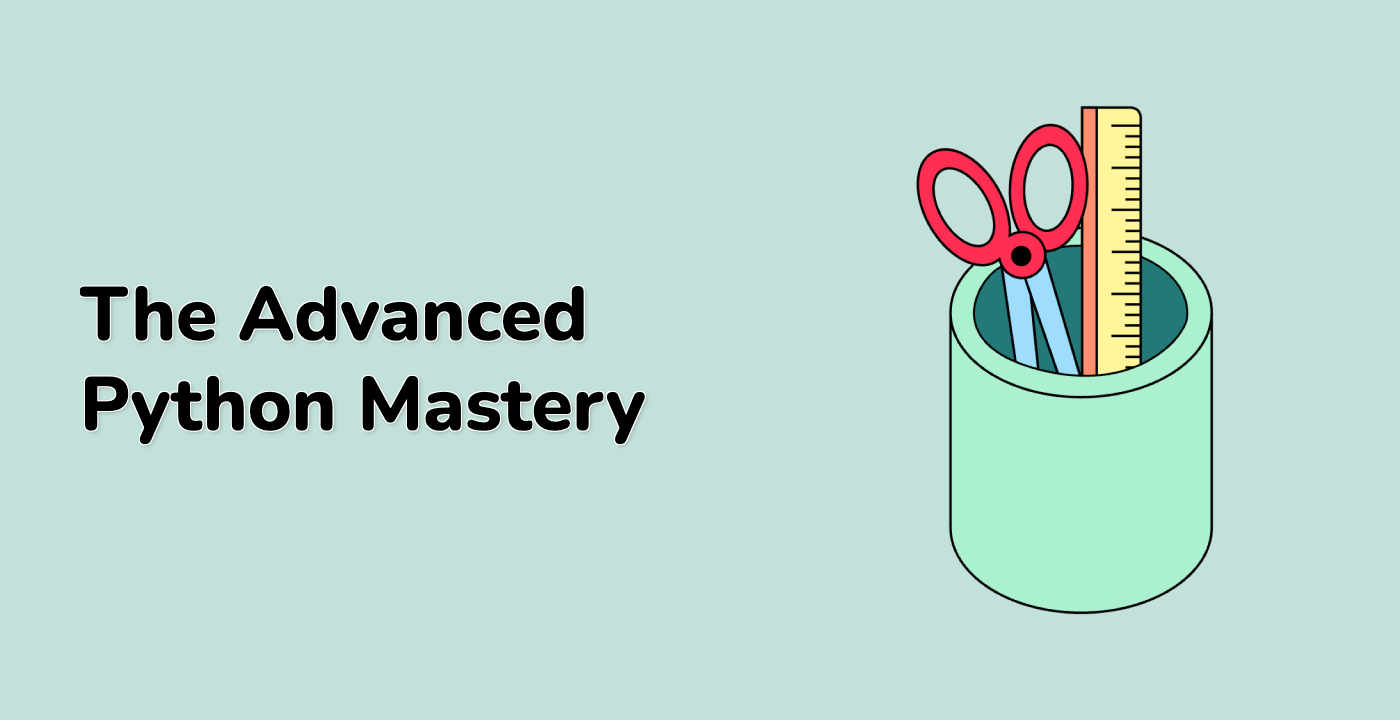Practical Applications
Real-World Date Range Scenarios
Date range iteration is crucial in various domains, from data analysis to financial reporting and scheduling.
1. Financial Data Analysis
import pandas as pd
from datetime import datetime, timedelta
def calculate_monthly_returns(start_date, end_date, stock_prices):
date_range = pd.date_range(start=start_date, end=end_date, freq='M')
monthly_returns = {}
for date in date_range:
monthly_data = stock_prices[
(stock_prices.index >= date.replace(day=1)) &
(stock_prices.index <= date)
]
monthly_returns[date] = monthly_data.pct_change().mean()
return monthly_returns
2. Event Scheduling and Reporting
from datetime import datetime, timedelta
class EventScheduler:
def generate_recurring_events(self, start_date, end_date, frequency):
current_date = start_date
while current_date <= end_date:
yield current_date
current_date += frequency
Application Domains
| Domain |
Use Case |
Key Benefits |
| Finance |
Monthly reporting |
Periodic analysis |
| HR |
Leave calculation |
Accurate time tracking |
| Research |
Data sampling |
Systematic data collection |
| Project Management |
Sprint planning |
Timeline visualization |
Date Range Application Flow
graph TD
A[Start Date] --> B{Application Domain}
B -->|Finance| C[Financial Reporting]
B -->|HR| D[Leave Calculation]
B -->|Research| E[Data Sampling]
B -->|Project Management| F[Timeline Planning]
3. Scientific Data Processing
import numpy as np
from datetime import datetime, timedelta
def sample_environmental_data(start_date, end_date, sampling_interval):
current_date = start_date
data_samples = []
while current_date <= end_date:
## Simulate data collection
sample = {
'timestamp': current_date,
'temperature': np.random.normal(20, 5),
'humidity': np.random.uniform(40, 80)
}
data_samples.append(sample)
current_date += sampling_interval
return data_samples
Best Practices
- Choose appropriate iteration method based on use case
- Consider memory efficiency
- Handle edge cases and time zone complexities
By exploring these practical applications, LabEx learners can develop robust date range handling skills in Python.




